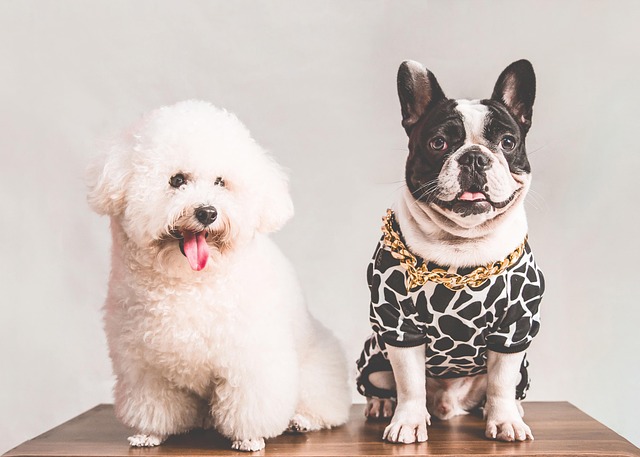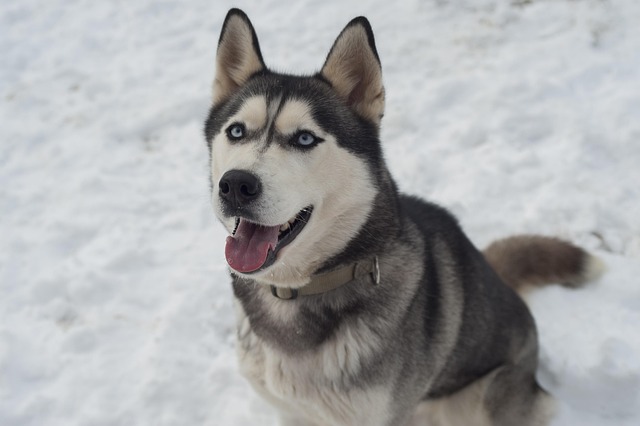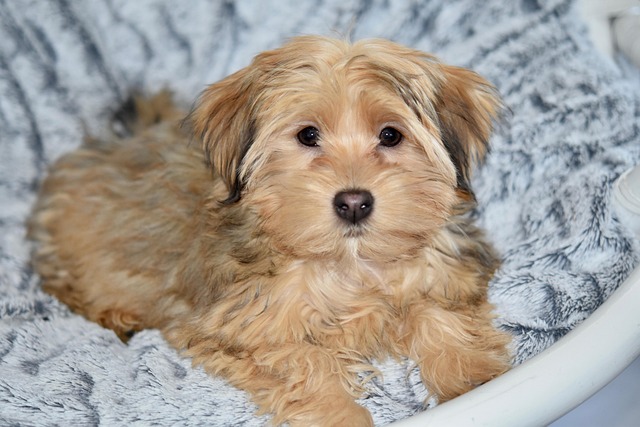
How to train a dog to socialize with other dogs?
Watching your dog tense up or bark at every other pup during walks can feel frustrating, but socialization doesn’t have to be a struggle—it just needs patience and the right approach.
That frantic barking when the mail carrier approaches the door, or the stiffened posture and low growl when a guest enters your home—territorial aggression can turn your dog’s natural instinct to protect into a serious behavioral challenge. It’s important to reframe this not as your dog being "mean," but as them experiencing overwhelming anxiety and feeling responsible for guarding their space. Your first and most critical step is to immediately implement management strategies for safety and then consult a certified professional, such as a veterinary behaviorist or a force-free trainer. This is not a problem to be solved with confrontation; it requires a nuanced, patient plan focused on managing territorial behavior in dogs.
The science behind this behavior is rooted in a combination of genetics, fear, and a learned response. Your dog isn’t trying to dominate you; they are stressed by perceived intrusions and have learned that barking or lunging makes the "threat" go away (the mail carrier always leaves, for example). This negatively reinforces the behavior. Punishing the growling or barking is dangerously counterproductive. It suppresses the warning signs without addressing the underlying fear, often making the dog more anxious and likely to eventually bite without warning. The only scientifically and ethically supported approach is counterconditioning for dog aggression, which works to change your dog’s emotional response from "Alert! Intruder!" to "A person at the door predicts amazing things for me!". This force-free method is the cultural standard in modern dog training, aligning with animal welfare principles that reject intimidation-based techniques.

Your practical strategy is a two-part process: management and behavior modification. First, manage the environment to prevent rehearsal of the behavior. This means limiting access to windows and doors with curtains or baby gates to reduce visual triggers. If your dog goes berserk when the doorbell rings, start by disconnecting it or putting a note on the door asking delivery people to knock softly. Next, with professional guidance, begin counterconditioning. Start at a distance from the trigger that doesn’t elicit a reaction. Have a friend approach your home from far away. The moment your dog notices them but before they react, start feeding them a continuous stream of ultra-high-value treats (like chicken or cheese). When the helper retreats, the treats stop. This teaches the dog that the presence of a person near their territory leads to fantastic rewards, building a new, positive association.
Responsibly managing this issue is deeply intertwined with your legal and social obligations as a dog owner. A dog with territorial tendencies has specific safety implications. Ensuring your dog’s rabies vaccination is meticulously kept up-to-date is a fundamental legal requirement; this is especially critical given the context of aggression. Furthermore, your duty to your community is paramount. This means your dog must be securely contained on your property with a robust fence or leash laws always followed. It also means being hyper-vigilant on walks, using a secure harness, and maintaining ample distance from triggers like other people or dogs. Of course, you must always carry multiple poop bags and clean up immediately—a practice that is legally mandated and a basic sign of a respectful neighbor. For apartment dwellers, this is even more crucial; proactively informing your landlord that you are working with a professional can help, and managing your dog’s environment prevents noise complaints. This comprehensive approach is the essence of responsible dog ownership, ensuring the safety and harmony of your entire community.

Watching your dog tense up or bark at every other pup during walks can feel frustrating, but socialization doesn’t have to be a struggle—it just needs patience and the right approach.

Watching your fluffy husky puppy clamp down on your hand during playtime might feel cute at first—until their sharp puppy teeth break the skin.

Finding a familiar pile on your front lawn or even inside near the door can be frustrating, especially if you’ve been trying to train your pup to go elsewhere.

Finding puddles or messes on your carpet right after work is never fun—especially when you’re already juggling a busy schedule. The first step isn’t scolding your pup; dogs don’t connect punishment to old accidents.

Picture this: you have your treat pouch on, ready for a training session, and both of your dogs are eagerly watching you.

Yorkshire terrier puppies have tiny bladders, so sticking to a consistent schedule is key—try taking them out first thing in the morning, right after meals, and before bed.